There are 29 mammals identified as Strategy Species in the Oregon Conservation Strategy.
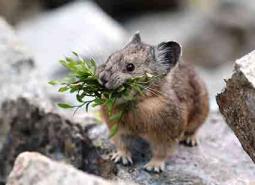
American Pika
Ochotona princeps
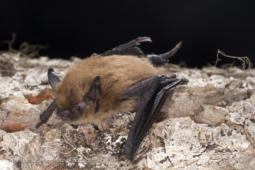
California Myotis
Myotis californicus
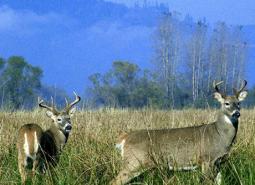
Columbian White-tailed Deer
Odocoileus virginianus leucurus
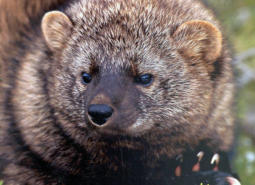
Fisher
Pekania pennanti
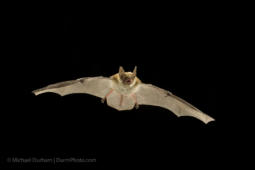
Fringed Myotis
Myotis thysanodes
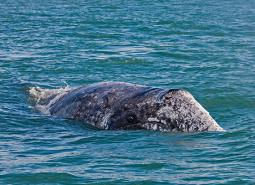
Gray Whale
Eschrichtius robustus
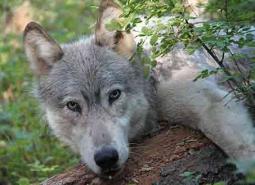
Gray Wolf
Canis lupus

Harbor Porpoise
Phocoena phocoena
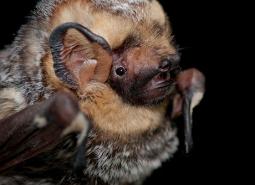
Hoary Bat
Lasiurus cinereus
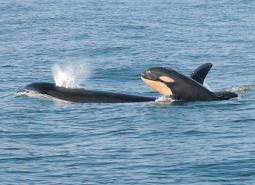
Killer Whale
Orcinus orca
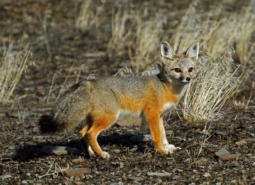
Kit Fox
Vulpes macrotis
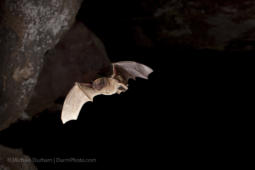
Long-legged Myotis
Myotis volans
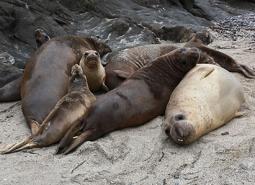
Northern Elephant Seal
Mirounga angustirostris
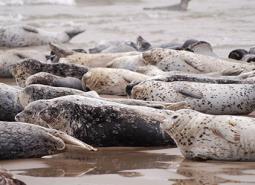
Pacific Harbor Seal
Phoca vitulina
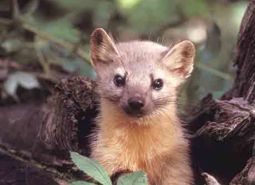
Pacific Marten
Martes caurina
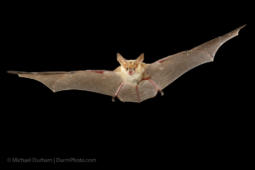
Pallid Bat
Antrozous pallidus
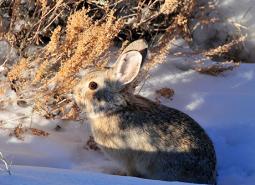
Pygmy Rabbit
Brachylagus idahoensis
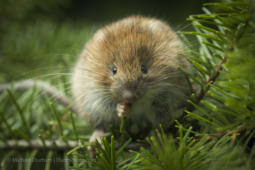
Red Tree Vole
Arborimus longicaudus
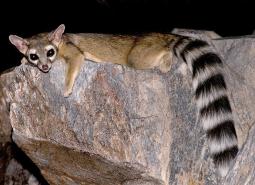
Ringtail
Bassariscus astutus
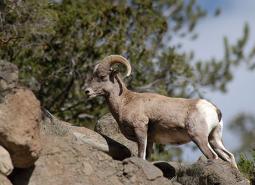
Rocky Mountain Bighorn Sheep
Ovis canadensis canadensis
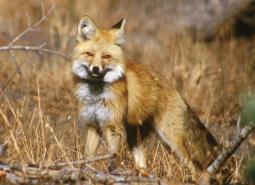
Sierra Nevada Red Fox
Vulpes vulpes necator

Silver-haired Bat
Lasionycteris noctivagans
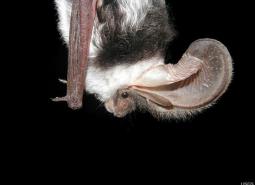
Spotted Bat
Euderma maculatum
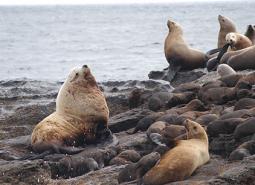
Steller Sea Lion
Eumetopias jubatus
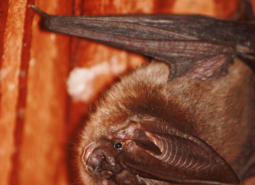
Townsend’s Big-eared Bat
Corynorhinus townsendii
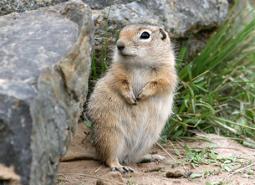
Washington Ground Squirrel
Urocitellus washingtoni
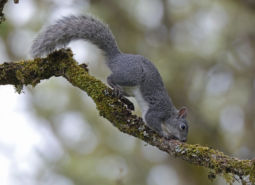
Western Gray Squirrel
Sciurus griseus
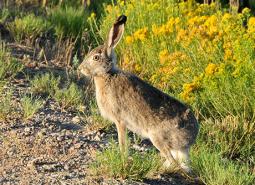
White-tailed Jackrabbit
Lepus townsendii
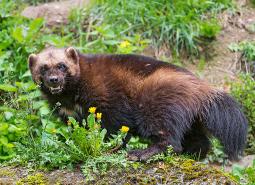
Wolverine
Gulo gulo